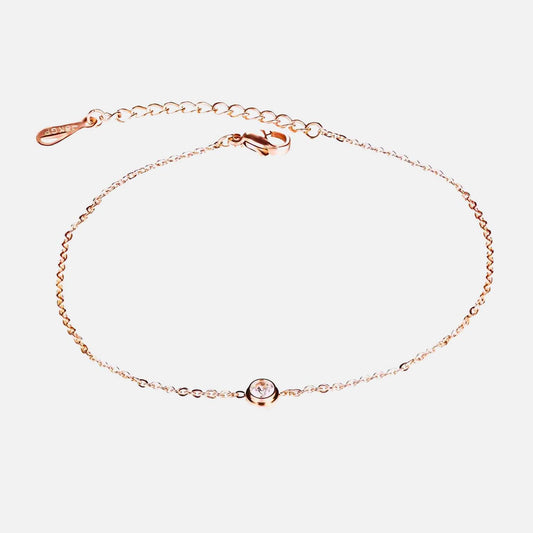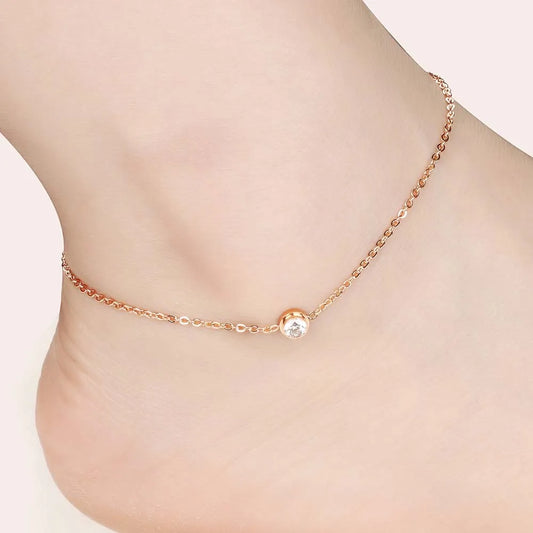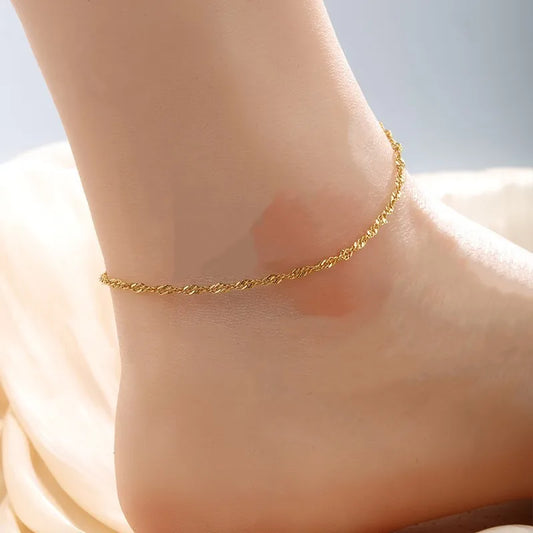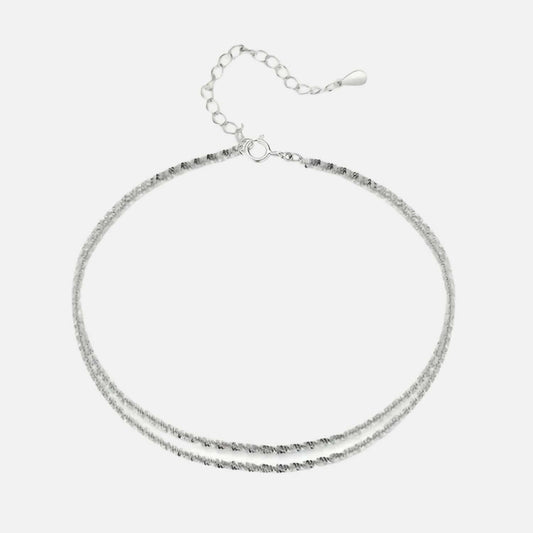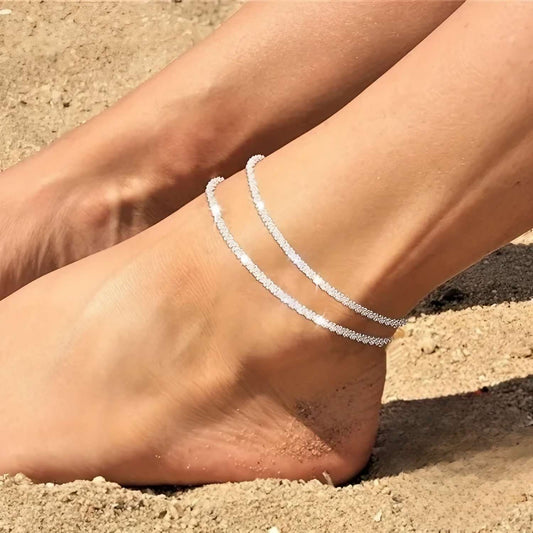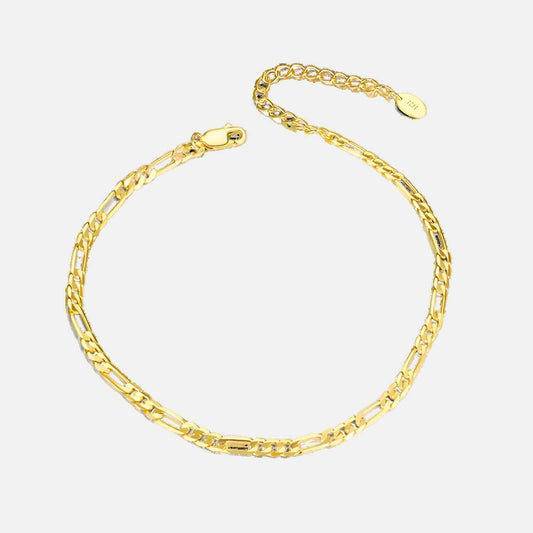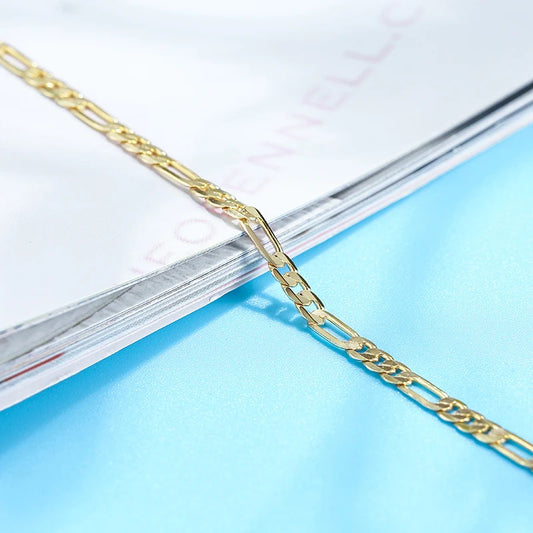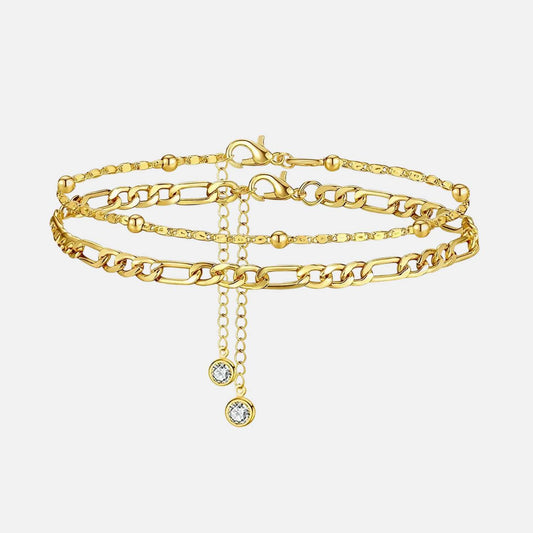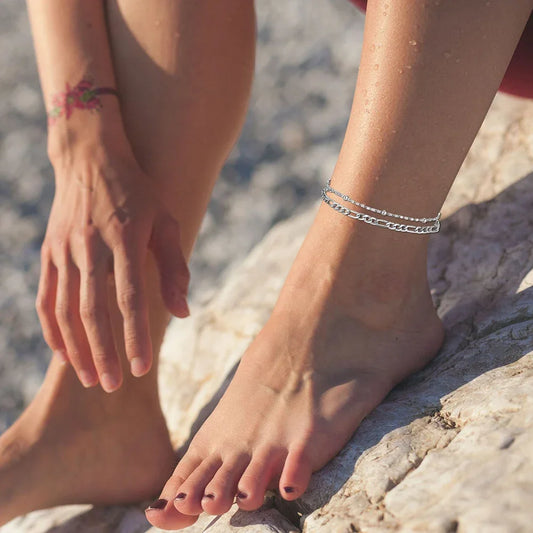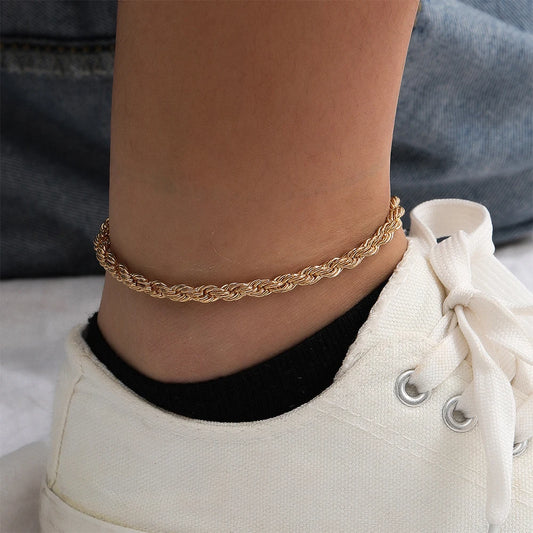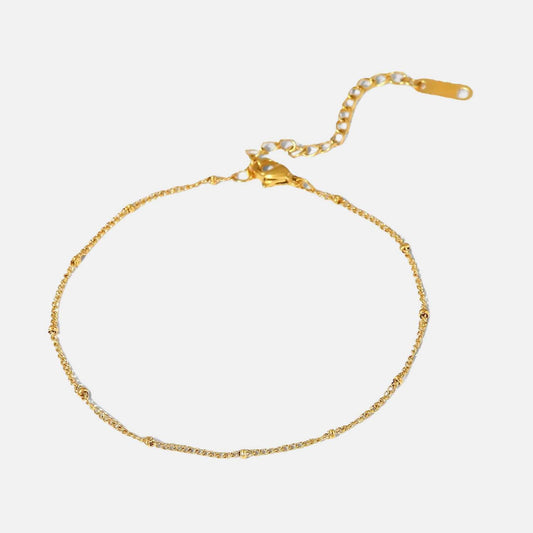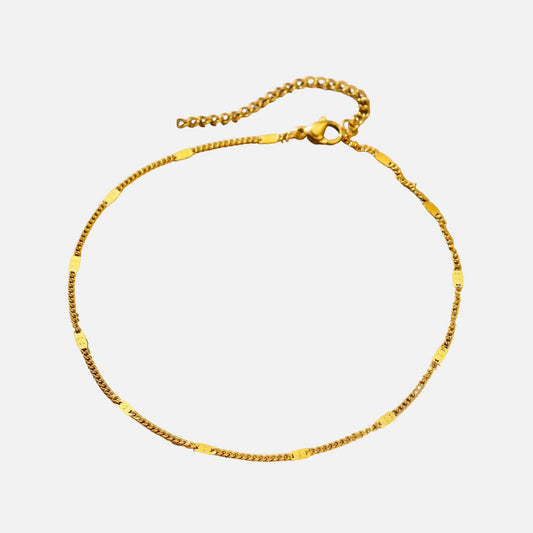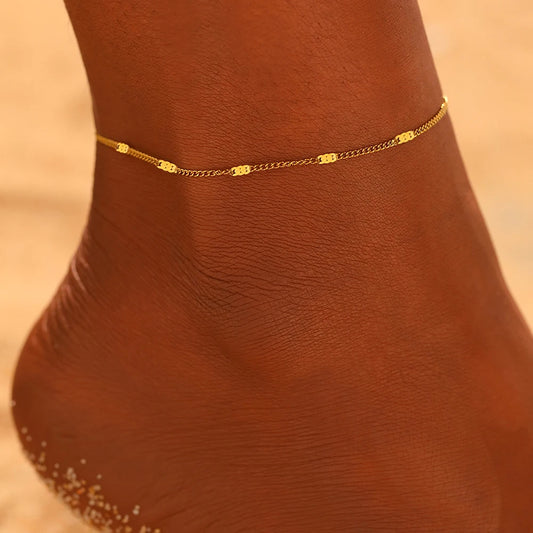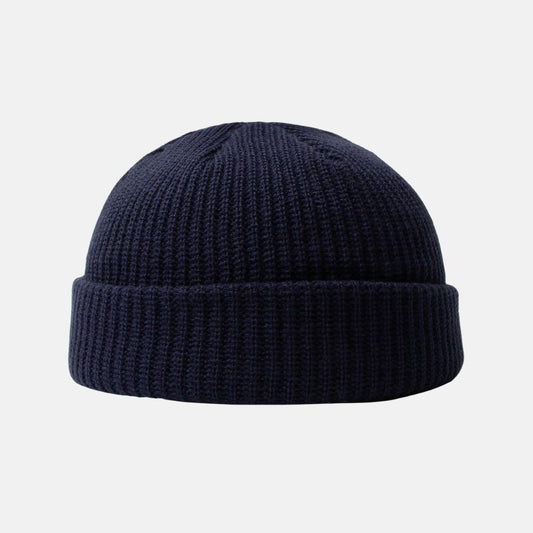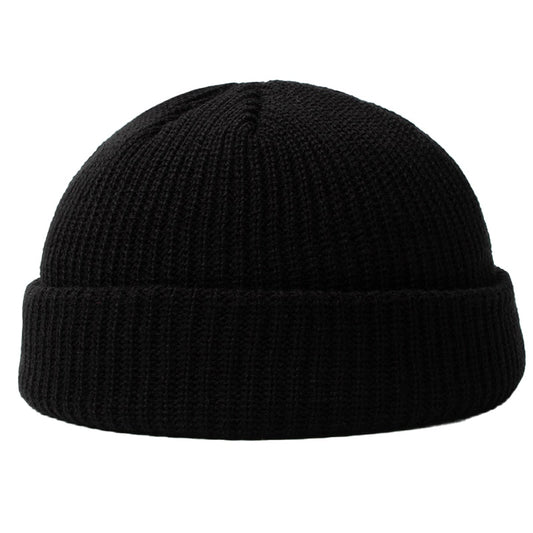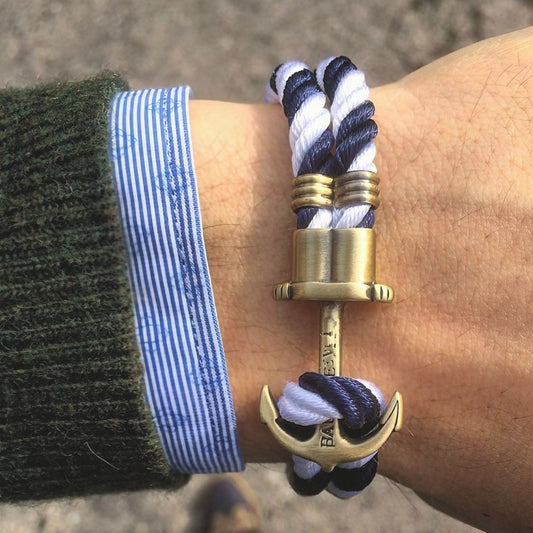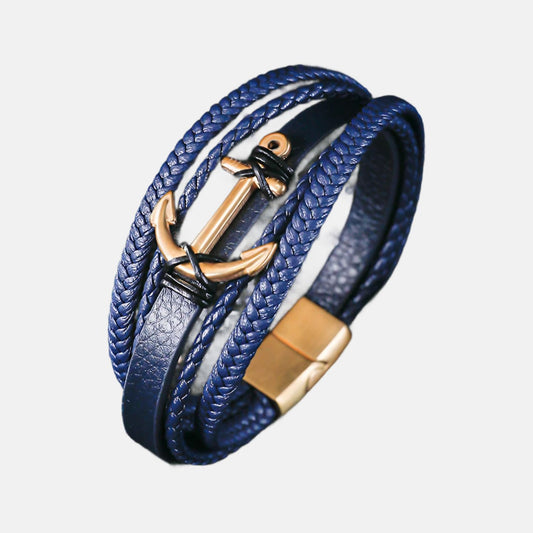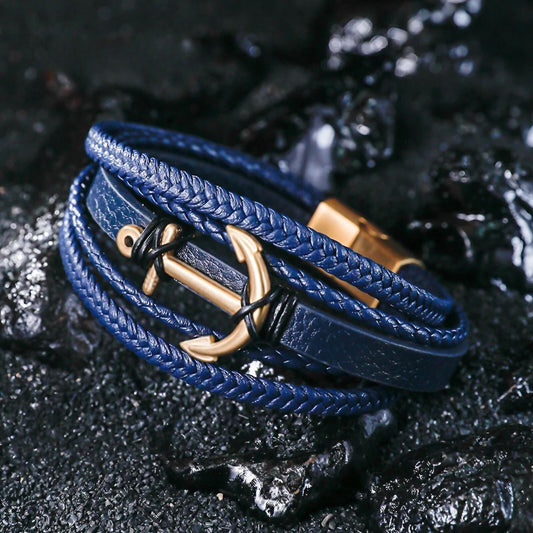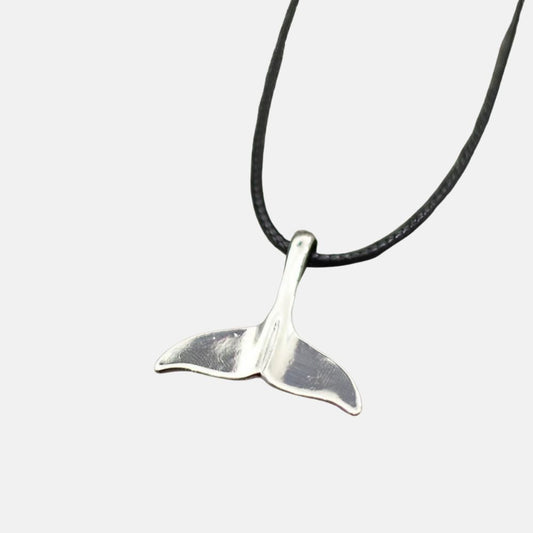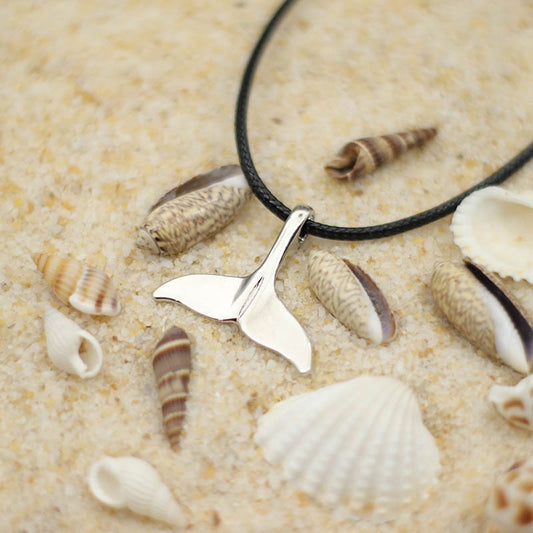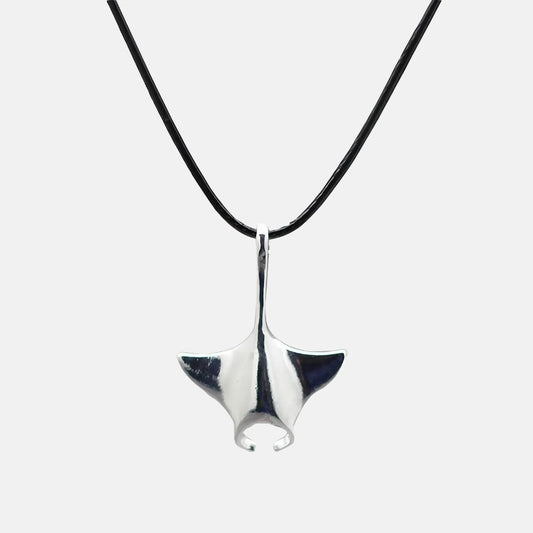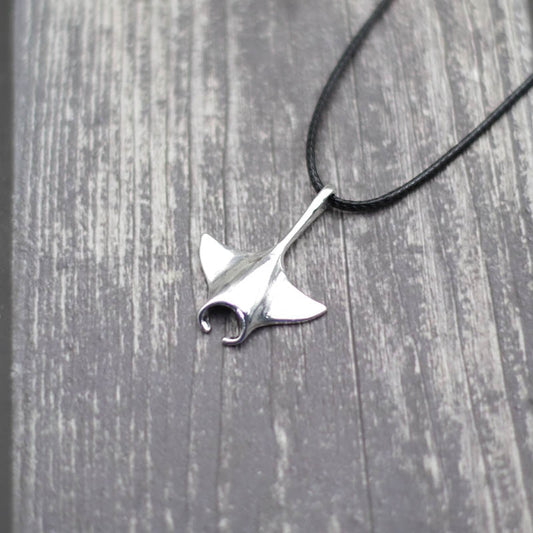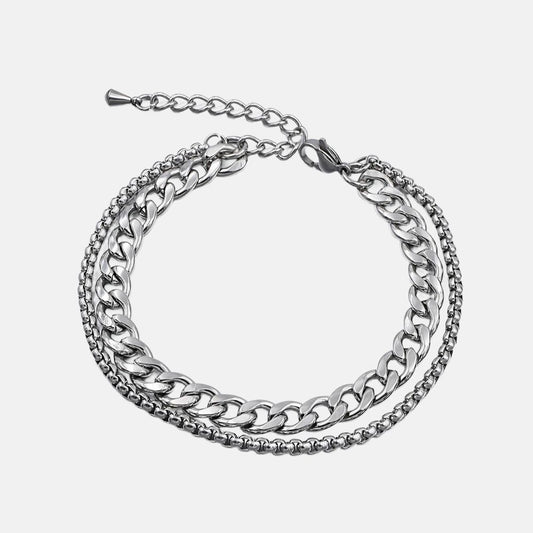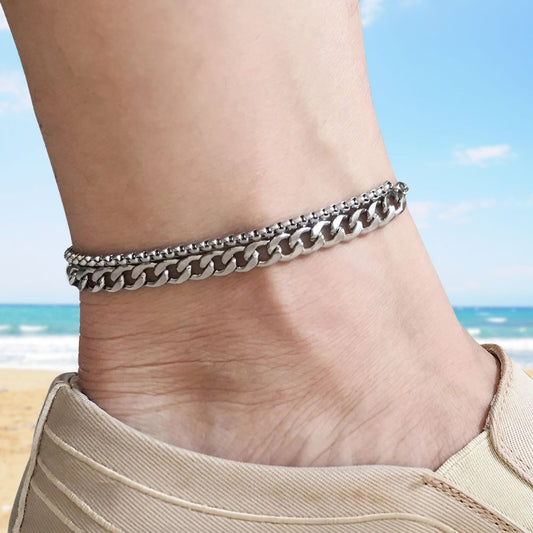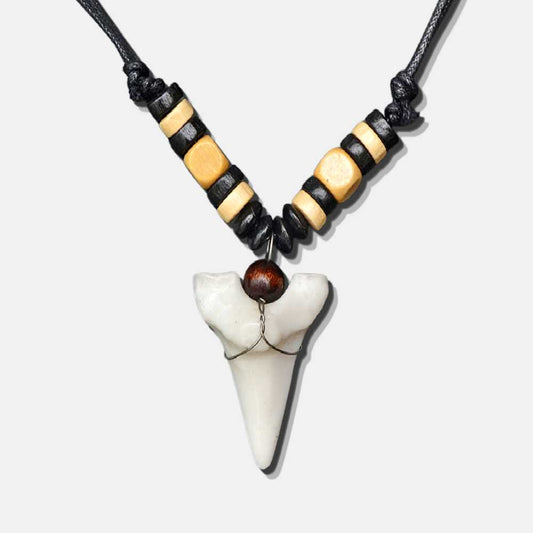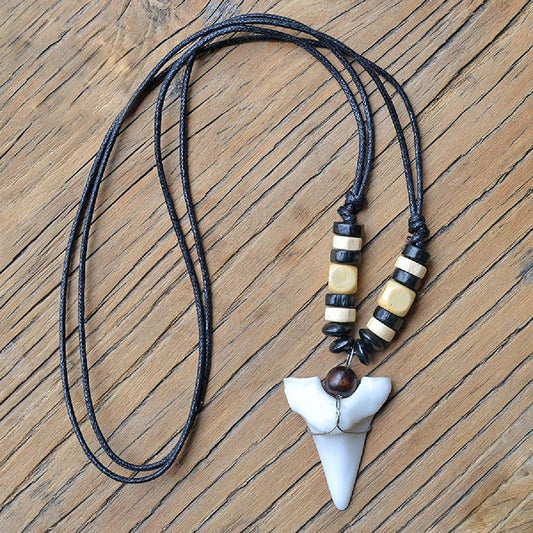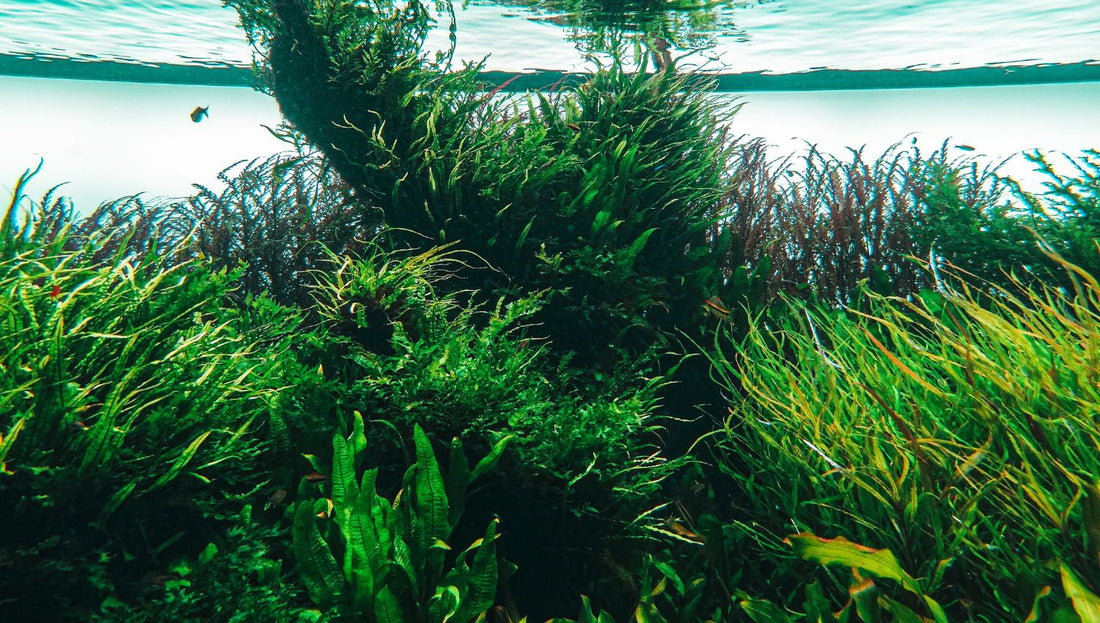
Toxic algae, a danger for the environment
The oceans are home to an incredible diversity of life, including thousands of species of algae . While many of them play a crucial role in marine ecosystems as primary producers, some can become toxic and cause environmental problems, as well as risks to human health.
In this article, we will explore the different toxic algae, the dangers they pose, and how we can minimize their impact on our environment and health.
Understanding Toxic Algae
Toxic algae are single-celled microorganisms called phytoplankton, which are capable of producing harmful toxins. These toxins can accumulate in marine organisms such as fish and shellfish , leading to poisoning in humans who consume these seafood products.
Toxic algal blooms, also called " harmful algal blooms " (HAB), can be triggered by a variety of environmental factors, such as water temperature , salinity, and available nutrients.
The main toxic algae and their effects on the environment
Here are some of the most common toxic algae and the problems they can cause:
- Alexandrium spp. : These algae are responsible for paralytic shellfish poisoning (PSP), which can cause nausea, vomiting, impaired coordination, and in severe cases, paralysis and death.
- Dinophysis spp. : They are the cause of diarrheal shellfish poisoning (DSP), causing gastrointestinal disorders in people who consume contaminated seafood.
- Karenia brevis : This algae causes “red tides” which release brevetoxins, leading to mass fish kills and respiratory irritation in humans.
- Pseudo - nitzschia spp. : These algae produce domoic acid, which is responsible for amnesic shellfish poisoning syndrome (ASP), which can cause serious neurological problems in humans.
- Gambierdiscus spp. : They are the cause of ciguatera, a food poisoning caused by the consumption of fish contaminated by ciguatoxins.
- Prymnesium parvum: This golden algae releases toxins that can kill fish and cause respiratory problems in humans.
- Chaetoceros spp. and Heterosigma akashiwo : These algae are associated with mass mortalities of fish due to the production of toxic compounds or structures harmful to fish gills.
Remember to also discover our article on marine pollution: a major environmental challenge for our planet ! 🌊
Prevent and minimize the impact of toxic algae
Regular monitoring of coastal waters and research into the triggers of HABs are essential to prevent and minimize the impact of toxic algae on the environment and human health. Here are some measures that can be put in place:
Monitoring and early warning
Governments and environmental monitoring organizations should regularly monitor levels of toxic phytoplankton in coastal waters to detect and anticipate HABs. Early warning systems can help inform the public and fishermen of the presence of toxic algae and take appropriate action.
Nutrient management
Toxic algal blooms are often linked to excessive nutrient input into coastal waters , including from agriculture, wastewater and industrial emissions . Implementing regulations and management practices to reduce these inputs can help limit the growth of toxic algae.
Education and awareness
Informing the public, fishermen and health professionals about the risks associated with toxic algae and the measures to take in the event of exposure helps prevent poisoning and minimize health impacts .
Research and development
Investing in research to better understand the mechanisms that trigger HABs, as well as developing technologies to control or eliminate toxic algae, is essential to minimizing their long-term effects.
Conclusion on toxic algae, a danger for the environment
Toxic algae poses an invisible danger to marine life and humans. Monitoring and managing their proliferation is crucial to protect our oceans and our health. By combining monitoring, nutrient management, education, awareness and research, we can work together to reduce the impact of toxic algae on our environment and well-being.

